1. Ivan the Terrible – Russia’s Ruthless Tsar
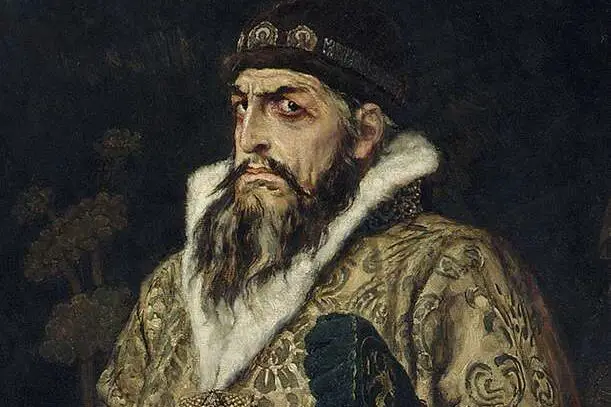
Ivan IV of Russia, better known as Ivan the Terrible, lived up to his nickname in more ways than one. His reign (1533–1584) started with promising reforms, but paranoia and cruelty soon took over. He created the Oprichnina, a secret police force that terrorized his own people, executing thousands under suspicions of treason. Ivan even ordered the brutal sacking of Novgorod, where thousands were slaughtered, including women and children. His violent temper led to one of his most infamous acts—murdering his own son in a fit of rage says NDTV.
Despite his brutality, Ivan was a complex ruler who expanded Russia’s territory and centralized power. He strengthened the state, but at an immense human cost. His later years were filled with erratic behavior, possibly worsened by mercury poisoning from his medicines. By the time he died, Russia was left in a state of chaos, leading to the infamous Time of Troubles. His legacy remains one of both achievement and sheer terror.
2. Caligula – The Mad Emperor of Rome
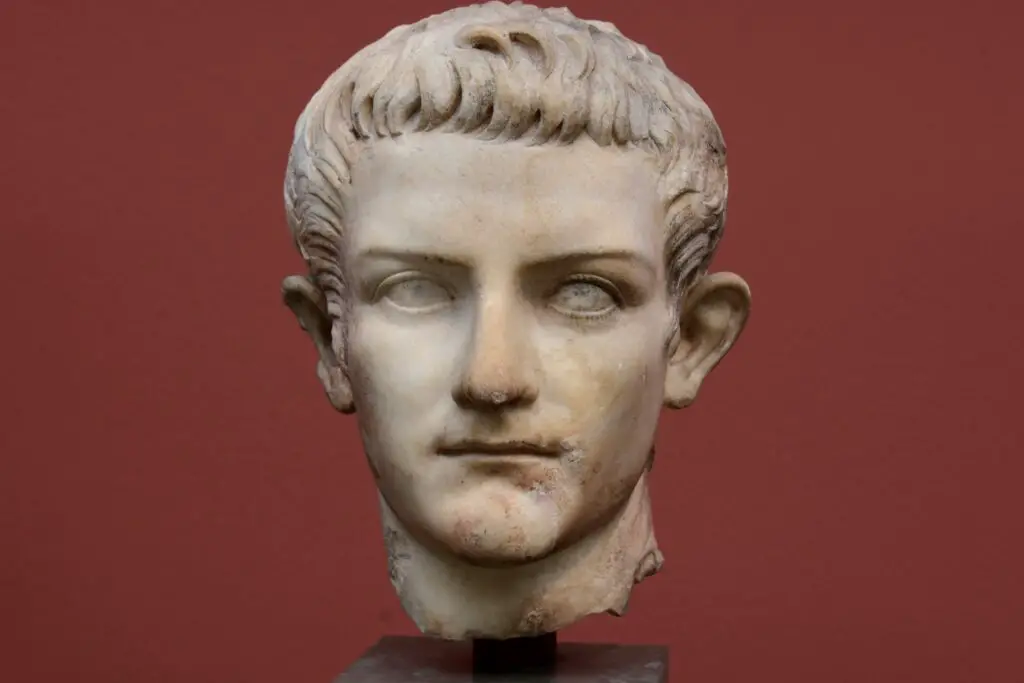
Gaius Julius Caesar Augustus Germanicus, better known as Caligula, started his reign in 37 AD with immense popularity. That changed quickly as he descended into madness, committing unthinkable acts of cruelty and excess. He reportedly forced senators to grovel before him and declared himself a living god. His paranoia led to purges of anyone he deemed a threat, including his own family members. He once had an entire section of the crowd thrown into the Colosseum’s arena to be eaten by wild animals—just because he was bored shares Discover Magazine.
Caligula’s insanity wasn’t just political; he had a reputation for disturbing personal behavior. He allegedly ordered his troops to collect seashells as war spoils from a battle that never happened. His obsession with power grew to the point where he planned to make his favorite horse, Incitatus, a consul. His reign of terror ended when his own guards assassinated him in 41 AD.
3. Vlad the Impaler – The Real Dracula
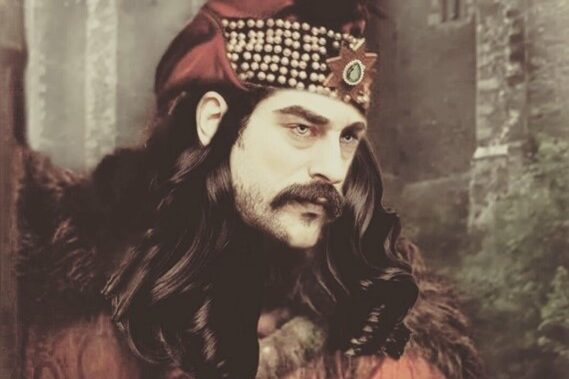
Vlad III, also known as Vlad the Impaler, ruled Wallachia with an iron fist in the 15th century. His preferred method of punishment—impalement—earned him a reputation as one of history’s most terrifying rulers. He once ordered the impalement of 20,000 Ottoman soldiers and left their bodies on display as a warning. Reports claim he also dined among his victims, enjoying his meals as they writhed in agony. His sheer brutality struck fear into the hearts of his enemies, making Wallachia a nightmare to invade adds Bloomberg.
His cruelty wasn’t just reserved for outsiders; he targeted his own people as well. Vlad would punish dishonesty and laziness with extreme torture, sometimes impaling entire villages. Despite his reign of terror, some Romanians still see him as a national hero for resisting Ottoman expansion. His legend later inspired Bram Stoker’s Dracula, cementing his reputation as one of history’s darkest figures.
4. King Leopold II – The Butcher of the Congo
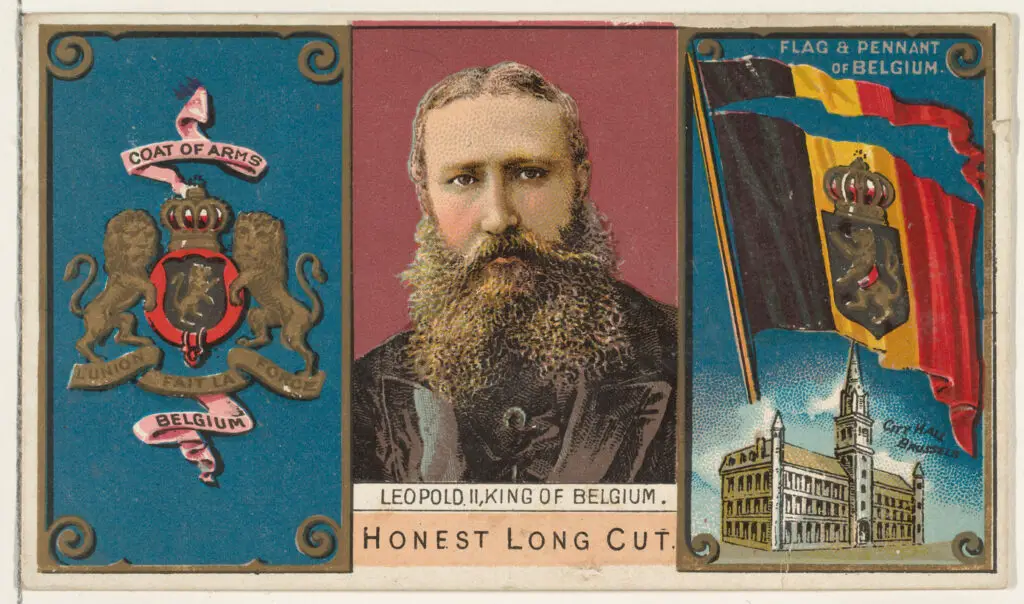
King Leopold II of Belgium didn’t need a battlefield to commit atrocities—he turned the Congo into his personal playground of horror. Under his rule (1885–1908), the Congo Free State became a place of forced labor, mutilation, and mass murder. Leopold’s men forced locals to harvest rubber under brutal conditions, punishing them by cutting off their hands if quotas weren’t met. It’s estimated that 10 million Congolese people died due to his regime’s cruelty shares Wikipedia.
Despite the horrifying reality, Leopold presented himself as a humanitarian, fooling much of Europe. He built lavish buildings in Belgium with the wealth stolen from the Congo, never once stepping foot in the colony himself. As reports of his brutality leaked, international pressure forced him to surrender control. Even after his death, his name remains synonymous with greed and exploitation explains Britannica.
5. Genghis Khan – The Scourge of Nations
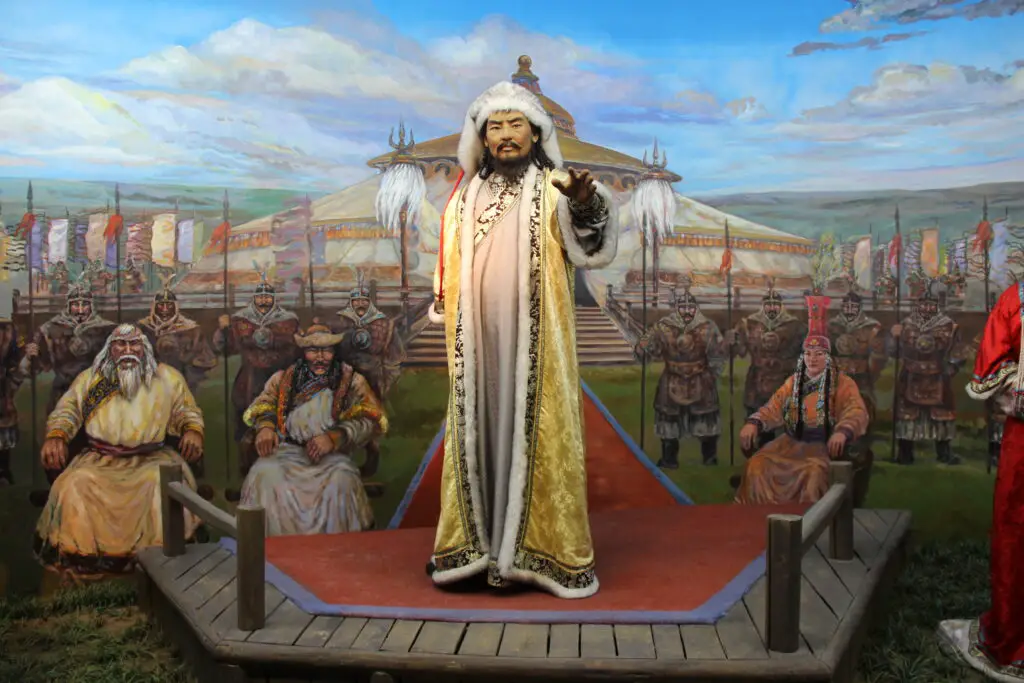
Genghis Khan didn’t just conquer lands—he annihilated entire civilizations. The Mongol ruler (1206–1227) built the largest contiguous empire in history through relentless warfare and mass executions. Cities that resisted him were wiped off the map, with millions slaughtered. In one campaign alone, he reportedly killed 1.7 million people in what is now Iran. His armies also utilized biological warfare, catapulting plague-infested corpses into besieged cities.
But while he ruled through fear, he also established one of history’s most efficient empires. He promoted religious tolerance, created a postal system, and enforced a legal code. His leadership transformed the Mongols from scattered tribes into a dominant force. Even so, his name remains forever linked to bloodshed and destruction.
6. Nero – Rome’s Firestarter
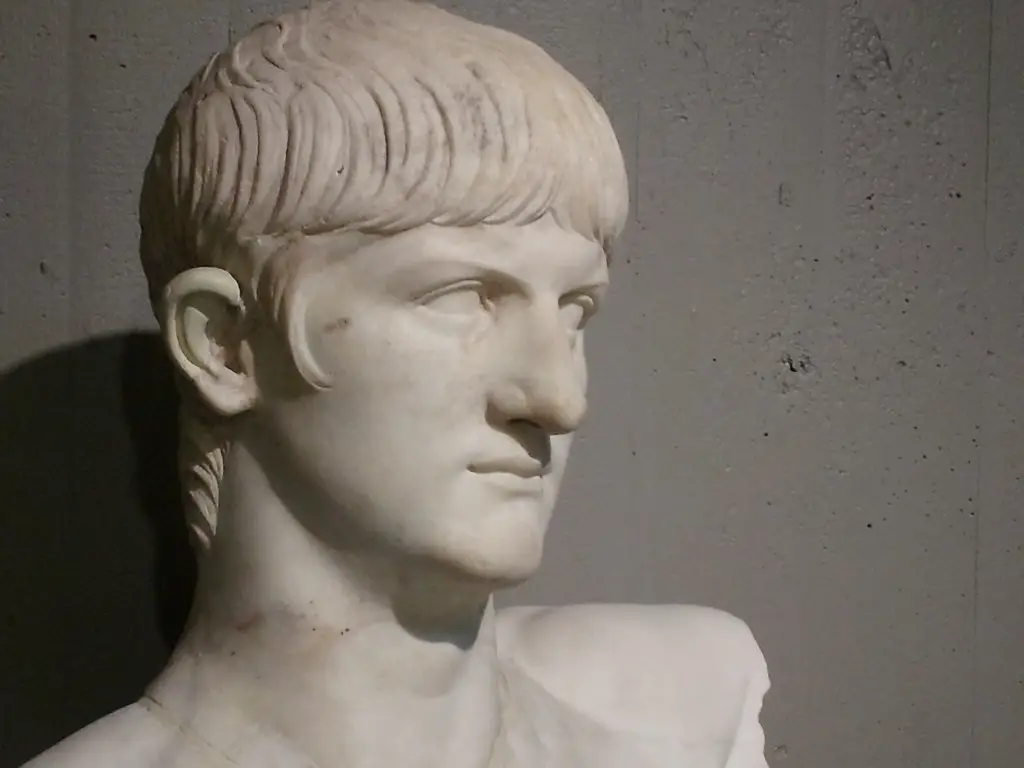
Emperor Nero’s reign (54–68 AD) was a chaotic mix of extravagance, paranoia, and violence. His most infamous act was allegedly setting fire to Rome in 64 AD and blaming Christians for it. He executed rivals, including his own mother and wife, often in gruesome ways. When a conspiracy against him surfaced, he ordered mass executions, some victims being tortured to death in public spectacles.
Despite his cruelty, Nero fancied himself a musician and poet, performing while Rome burned. His neglect of governance and obsession with personal pleasures led to widespread unrest. Eventually, his own people turned against him, forcing him to flee. He died by suicide, declaring, “What an artist dies in me!”
7. Attila the Hun – The Scourge of God
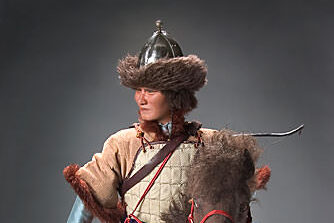
Attila the Hun terrorized the Roman Empire in the 5th century, leaving a trail of destruction in his wake. His forces sacked cities, massacred populations, and spread fear across Europe. Known for his ruthlessness, he once demanded half the Western Roman Empire as tribute. When Rome refused, his armies laid waste to northern Italy, forcing entire towns to flee.
Attila’s aggression made him one of the most feared warlords of his time. Even the mighty Roman Empire struggled to contain him. His sudden death in 453 AD, reportedly from a nosebleed, ended his reign of terror. Rome barely recovered from the devastation he left behind.
8. Timur – The Lame Conqueror with a Deadly Temper

Timur, also known as Tamerlane, carved out an empire in the 14th century through sheer brutality. He saw himself as Genghis Khan’s successor, using terror as his main strategy. His armies left mountains of skulls in their wake, killing an estimated 17 million people. He once slaughtered 100,000 captives in Delhi in a single day.
Despite his savagery, Timur was a patron of the arts and architecture. He transformed Samarkand into a cultural hub, but at the cost of countless lives. His conquests left vast regions in ruin, setting back civilizations for generations. Even today, his legacy is one of both grandeur and horror.
9. Qin Shi Huang – China’s Merciless Unifier
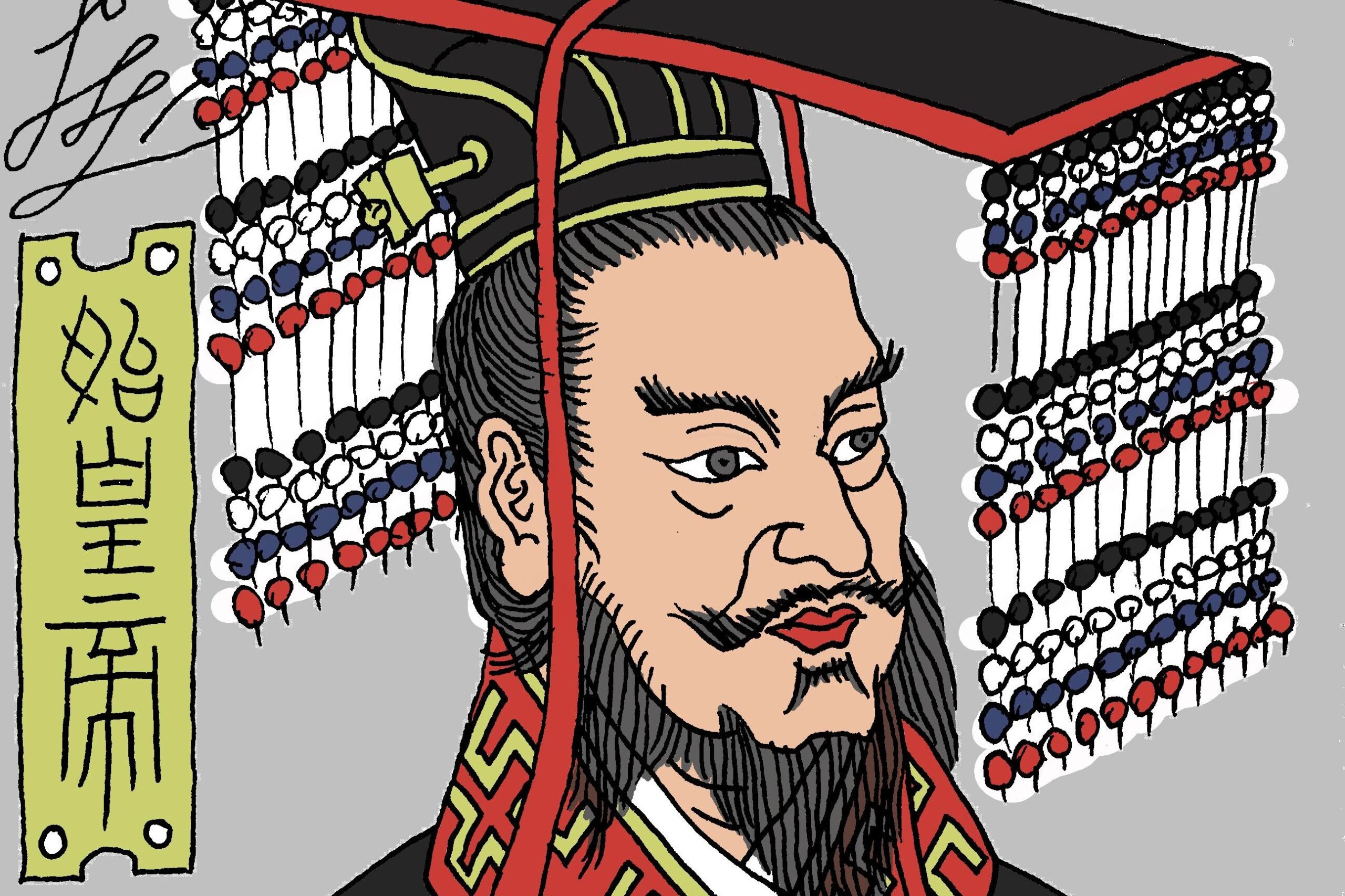
Qin Shi Huang, the first emperor of China, was as ruthless as he was ambitious. He united China in 221 BC but ruled with an iron fist. He burned books, executed scholars, and built the Great Wall using forced labor. His paranoia led him to drink mercury in hopes of immortality, which likely caused his death.
Despite his brutality, his centralization efforts shaped China for centuries. His tomb, guarded by the famous Terracotta Army, reflects his obsession with power. While his rule ended in chaos, his impact on history is undeniable. Even today, he remains one of China’s most controversial figures.
10. Henry VIII – The Wife-Killer King
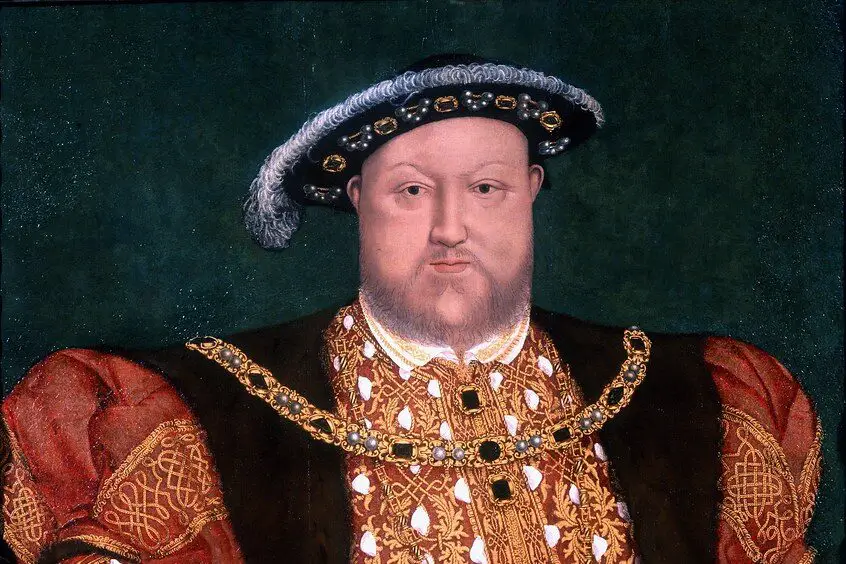
Henry VIII of England is infamous for his six wives, two of whom he had executed. His reign (1509–1547) was defined by a mix of political ambition, religious upheaval, and personal cruelty. When the Catholic Church refused to grant him a divorce, he broke from Rome and declared himself the head of the Church of England. This led to the dissolution of monasteries and the persecution of those who opposed him. His paranoia resulted in the execution of former allies, including Thomas More and Thomas Cromwell.
His personal life was just as ruthless. Anne Boleyn and Catherine Howard were beheaded on charges of adultery and treason, though historians debate whether the accusations were true. He grew increasingly erratic and obese in his later years, suffering from painful ulcers and outbursts of rage. By the time of his death, his once-mighty rule had left England deeply divided.
11. Emperor Yongle – China’s Tyrannical Visionary
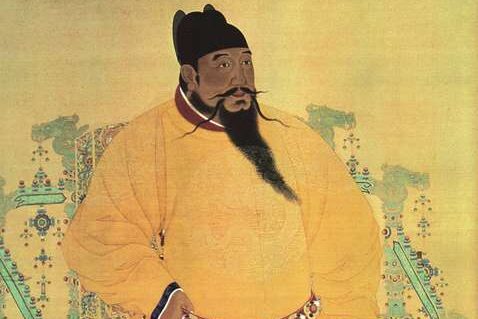
Emperor Yongle (1360–1424) seized power in a bloody coup, overthrowing his own nephew to claim the Ming throne. His reign was a mix of grandeur and terror—he built the Forbidden City but also carried out brutal purges. Tens of thousands were executed in the process, often along with their entire families. He expanded China’s influence through Zheng He’s naval expeditions but ruled with absolute fear.
Yongle’s paranoia led to the ruthless extermination of perceived threats. Scholars who questioned his legitimacy were tortured and killed. Despite his cruelty, he strengthened the empire and left behind architectural marvels. His legacy is one of both cultural achievement and merciless rule.
12. Louis XIV – The Sun King’s Ruthless Ambition

Louis XIV of France (1643–1715) ruled with absolute power, turning France into a dominant force—but at a cost. He crushed noble opposition, revoked the Edict of Nantes, and forced Protestant Huguenots into exile or conversion. His policies led to economic strain, as he poured money into his lavish palace at Versailles. While he projected an image of grandeur, his rule was marked by oppression and heavy taxation.
Despite his ruthless tactics, Louis was a master of political control. He manipulated the nobility, centralizing power under his rule. His military campaigns drained France’s resources and left the common people struggling. Though he reigned longer than any other European monarch, his death left France on the path to revolution.
